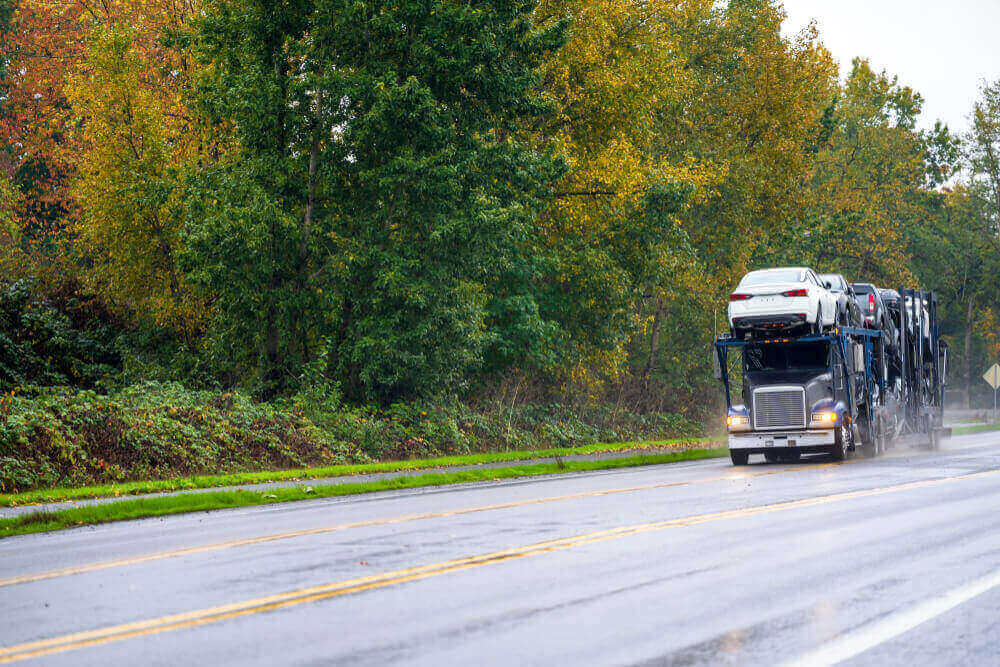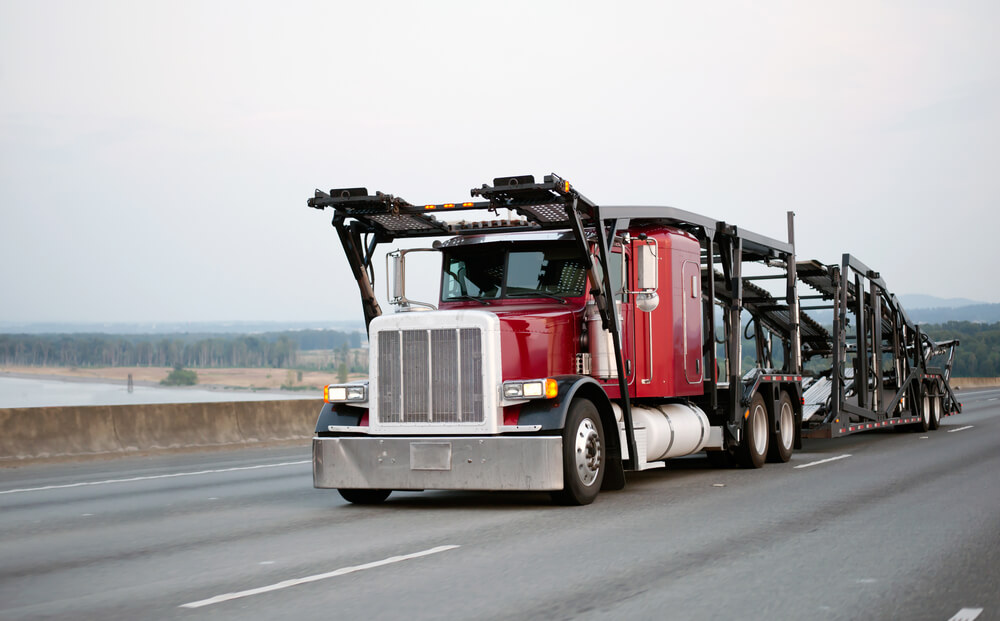Cross-country car shipping is a solution that has become increasingly popular for individuals relocating, purchasing a car from a different state, or embarking on a long-distance adventure. It offers convenience and peace of mind, but the process can seem complex and daunting for first-timers. In this article, we will guide you through the intricacies of https://www.crosscountrycarshipping.com/, ensuring your vehicle reaches its destination safely and with minimal stress.
Assess Your Car Shipping Needs
Before diving into the process of cross-country car shipping, it’s crucial to assess your unique requirements:
Vehicle Type: Consider the type of vehicle you’re shipping. Is it a standard passenger car, a Luxury vehicle, a classic car, or a specialty vehicle?
Transport Type: Determine whether you need an open transport carrier or an enclosed one. Open carriers are the most common and budget-friendly option, while enclosed carriers provide extra protection against the elements.
Accessibility: Check the accessibility of your pickup and delivery locations for large car carriers. Some areas may have restrictions or limited space for loading and unloading.
Budget: Set a budget for car shipping. Keep in mind that prices can vary based on distance, vehicle type, and the chosen transport method.
understanding your specific needs will help you make informed decisions throughout the process.
Select a Reputable Car Shipping Company
Choosing the right car shipping company is one of the most critical aspects of a successful cross-country Transport. Here’s how to find a reputable provider:
Research: Start by researching car shipping companies in your area or those that operate in the regions you’re traveling between. Utilize online reviews, testimonials, and recommendations from friends or family.
Credentials: Ensure the company holds the necessary licenses and insurance required for interstate car transport. Ask for proof of insurance coverage.
Experience: Look for a company with a track record in cross-country car shipping. Experienced companies are better equipped to handle potential challenges.
Customer Service: Evaluate the responsiveness and helpfulness of the company’s customer service team. Good communication is key during the shipping process.
Pricing: Obtain quotes from multiple companies, but be cautious of overly low quotes, as they might indicate subpar service. Remember that the cheapest option is not always the best.
Prepare Your Vehicle
Properly preparing your vehicle for cross-country shipping is crucial to ensure its safety and prevent potential issues during transit:
Clean Your Vehicle: Wash your car thoroughly inside and out. This will make it easier to inspect for pre-existing damage.
Document the Condition: Take clear photographs of your vehicle from all angles, highlighting any existing dents, scratches, or other imperfections.
Remove Personal Belongings: Empty your car of all personal belongings. Car shipping companies typically do not allow items inside the vehicle during transport.
Secure Loose Parts: Ensure that any loose parts or accessories are properly secured or removed, such as antennas, spoilers, or roof racks.
Choose the Right Shipping Option
There are primarily two types of car transport options for cross-country shipping:
Open Transport: This is the most common and cost-effective option. Your vehicle is loaded onto an open trailer and exposed to the elements. It’s suitable for most standard vehicles.
Enclosed Transport: Enclosed carriers provide additional protection for your vehicle, shielding it from weather and road debris. This option is ideal for high-end or classic cars.
The choice between open and enclosed transport largely depends on your vehicle’s value and your budget.
Schedule and Plan for Pickup and Delivery
Coordinate the pickup and delivery details with the car shipping company. Make sure you have a clear understanding of the schedule, including dates and times. Keep in mind that cross-country car shipping may take several days or even weeks, depending on the distance and route.
Conclusion
Cross-country car shipping is a reliable and convenient solution for transporting your vehicle over long distances. By choosing a reputable car shipping company, thoroughly preparing your vehicle, and following the steps outlined in this guide, you can ensure a smooth and stress-free experience. Whether you’re relocating, selling your vehicle, or embarking on a cross-country adventure, car shipping is a dependable way to get your vehicle to its destination safely.

